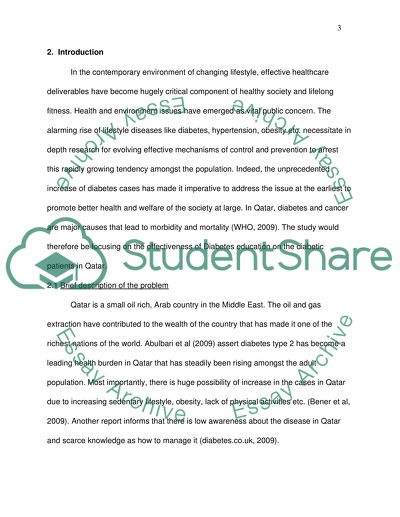Cite this document
(“How effective is Diabetes Education on Diabetes Patients in Qatar Dissertation”, n.d.)
Retrieved from https://studentshare.org/health-sciences-medicine/1395040-how-effective-is-diabetes-education-on-diabetes-patients-in-qatar
Retrieved from https://studentshare.org/health-sciences-medicine/1395040-how-effective-is-diabetes-education-on-diabetes-patients-in-qatar
(How Effective Is Diabetes Education on Diabetes Patients in Qatar Dissertation)
https://studentshare.org/health-sciences-medicine/1395040-how-effective-is-diabetes-education-on-diabetes-patients-in-qatar.
https://studentshare.org/health-sciences-medicine/1395040-how-effective-is-diabetes-education-on-diabetes-patients-in-qatar.
“How Effective Is Diabetes Education on Diabetes Patients in Qatar Dissertation”, n.d. https://studentshare.org/health-sciences-medicine/1395040-how-effective-is-diabetes-education-on-diabetes-patients-in-qatar.


